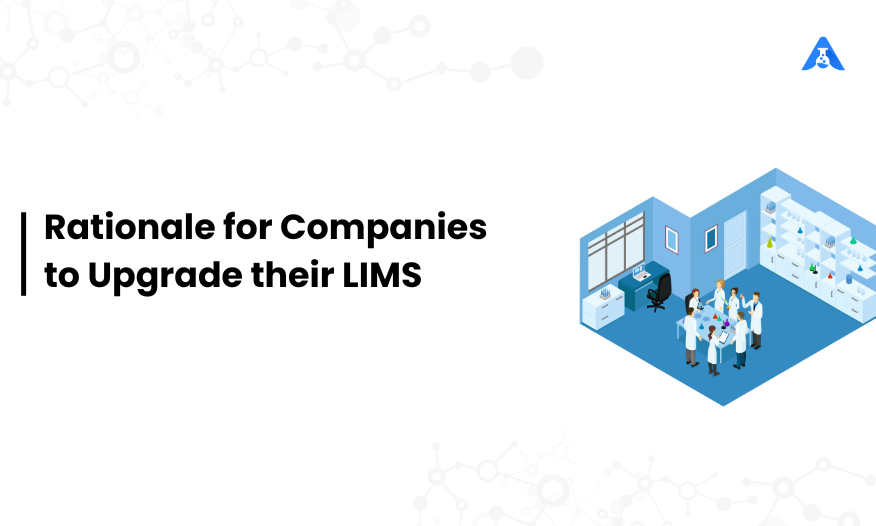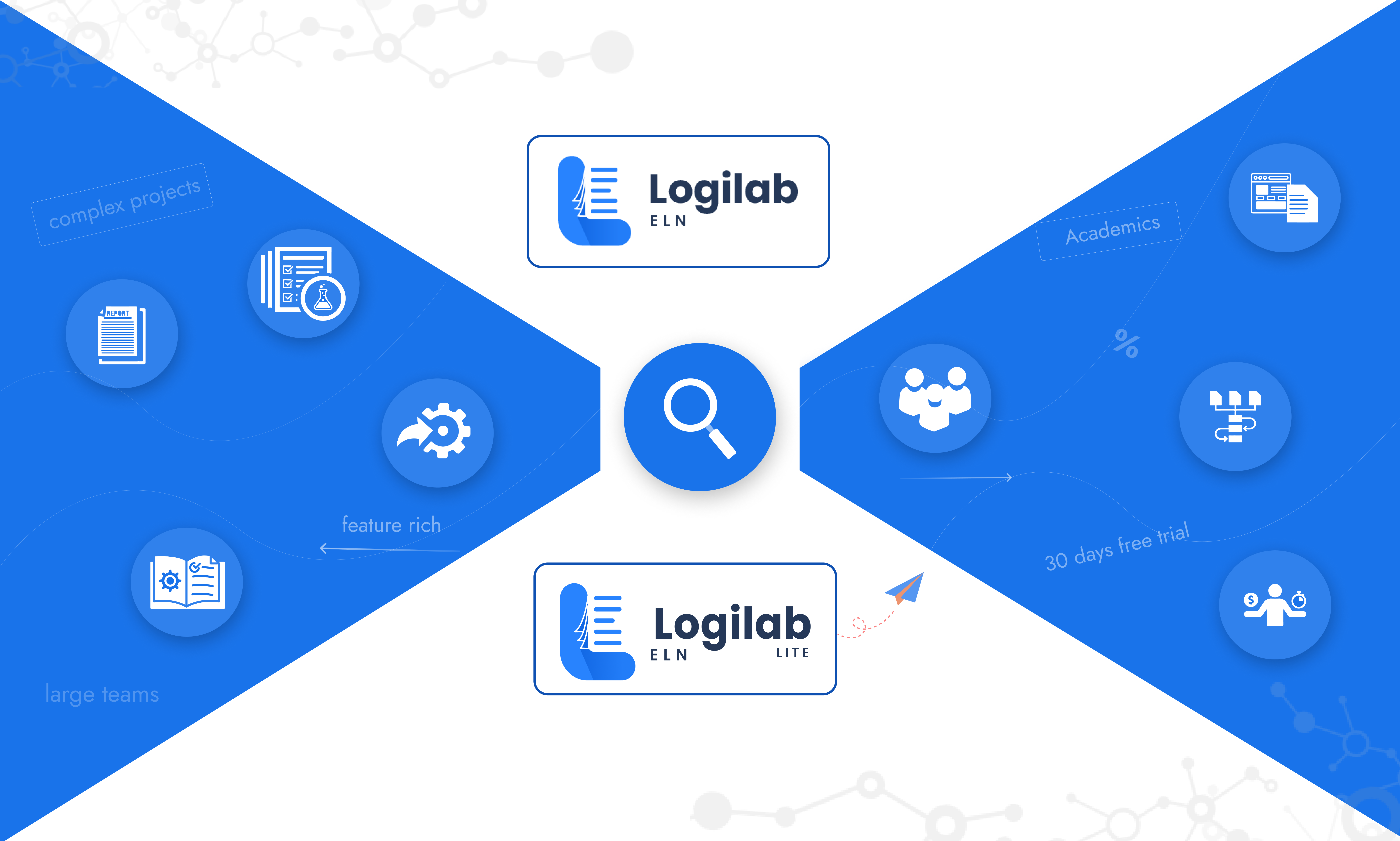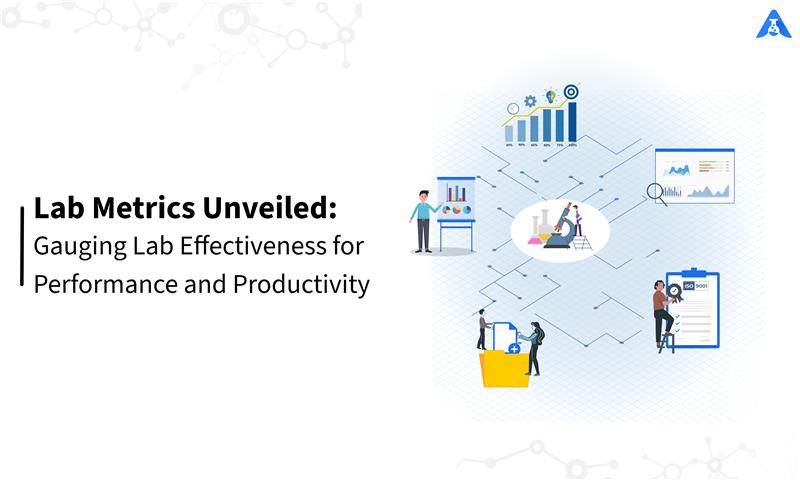Although laboratory information management software (LIMS) automatically brings plenty of unique benefits to laboratories, like any technology, they become obsolete over time. Inevitably, a better version of it will be made available after multiple iterations, which will make it necessary to upgrade it in the future.
Labs that choose to upgrade their LIMS periodically improve operational efficiency by streamlining lab processes, fostering collaboration, leveraging interoperability, lowering long-term costs, and providing a top-down approach to data transparency
However, that is obviously not the sole reason why companies decide to improve or upgrade their LIMS. Below, we have listed the most common reasons why companies opt to do the same.
Inadequate ability to handle the rising volume of samples & ensuring seamless communication
Any LIMS has a limit to the volume of data that it can manage at a given time. If the laboratory is rapidly expanding, this can cause problems, especially if the volume of samples coming in is becoming harder for the software to accommodate. There is practically no other workaround to this other than to upgrade the software that you are using for laboratory information management, to one that can handle a large volume of data efficiently.
There is also the matter of verifying lab test requests. How will you be able to ensure that all parties involved in the checking process will be able to collaborate & communicate efficiently? Often, they will have to make do by communicating via conventional means instead, such as emailing or calling their colleagues.
Currently, such methods are not practical as they only cost time. One of the benefits of a laboratory information system is optimising the entire communication process in such a way that they do not have to constantly reach out to their colleagues but can view & work on project changes in real time, enabling better productivity. Lab personnel can collaborate, edit documents, and work in real-time with the right LIMS solution.
Upgrades lead to decreased long-term costs & improve system uptime
Most companies choose to invest in LIMS because they want to maximize their Return-on-Investment (ROI), in the long term. This is precisely the reason why it is never wise to be stagnant and stuck on an outdated version when it comes to the LIMS you are using. Developers release upgrades because they can help reduce the operational costs of laboratories by continuously improving their application’s efficiency.
- The fact that upgrades result in better automation capabilities for laboratory management features underscores this. Any improvement that leads to increased productivity increases the ROI.
- Upgrades that also ensure your system will not suffer from lengthy downtimes increases the ROI. Systems that unexpectedly go down often translate to staggering losses in terms of productivity & money.
- The security risk posed by outdated LIMS cannot be ignored. How can you be sure of the data integrity in your laboratory if the software you are using has been found to be riddled with bugs? Ignoring the security of the solution leads to data breaches & losses.
- Outdated LIMS lead to the failure of compliance with various regulatory requirements, which can once again pose to be a big cost to labs working in regulated environments.
In the end, it is always smarter to maintain and update your LIMS because you will not be able to make the most ROI otherwise. The upgrade itself may entail a short-term cost, but if it leads to greatly reduced expenses, tangible long-term benefits, and it pretty much translates to optimal ROI for practically any company that chooses to utilise it.
Your current LIMS data capture & management capabilities fall short
We can regard this either in the context of the software itself being unable to render the excellent data capturing and management capabilities that we readily attribute to LIMS, or there being infinitely better options out there that can be difficult to surpass. If a company faces either one of these dilemmas, it is almost always better to upgrade its software altogether.
If the LIMS still requires any degree of manual effort to perform its functionality, a company is always at risk of suffering from losses related to human errors, both in the management and capture of data. Considering the fact that most advanced LIMS nowadays are able to automate lab management & data capture, settling for the former instantly means your company is not enjoying the best it can get.
If you are using software in your lab which is not completely automated, are you sure that you are not at high risk of errors? Once you pinpoint you are at a risk for errors, you will have to correct these mistakes often manually, which eats up more precious resources & time.
This is why when there is an upgrade or a better alternative available, it is best to seize it, assuming it can mitigate & solve these pressing issues.
Upgrade your LIMS today!
Ultimately, no LIMS is ever perfect. Upgrades, for any software, exist to address challenges that arise, that the existing version of the software can no longer solve efficiently. Essentially, any software is just a collection of instructions. And instructions, much like anything that is meant to solve problems, have limitations, and can only go so far in providing solutions.
Over time, they would have to be updated in order to overcome challenges that will inevitably appear. Cloud-based LIMS or any type of LIMS for that matter is not exempt from this.





